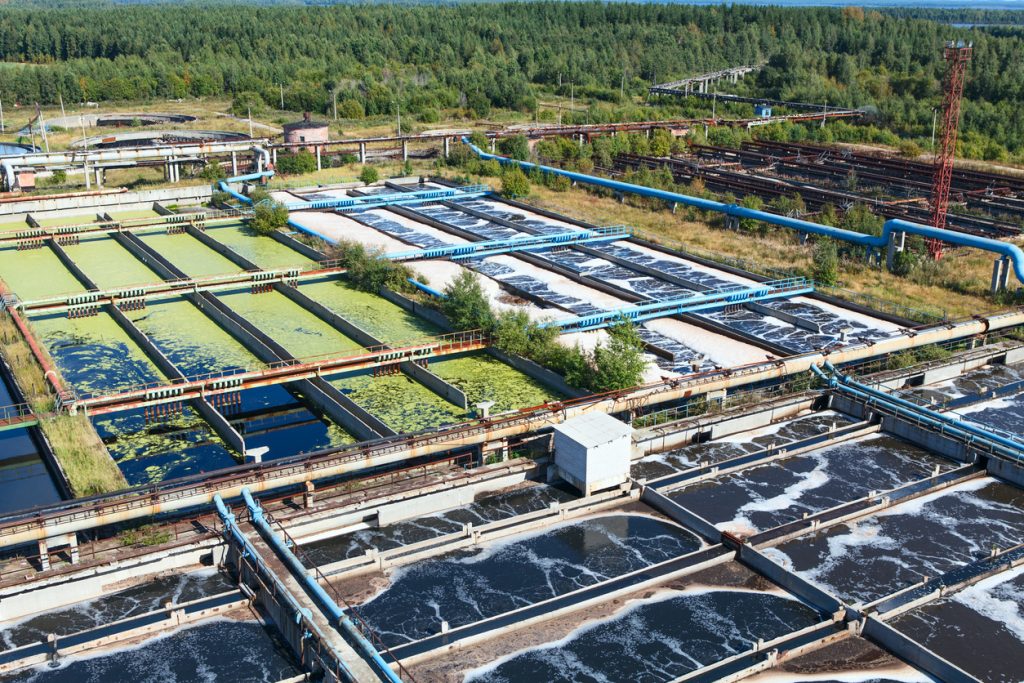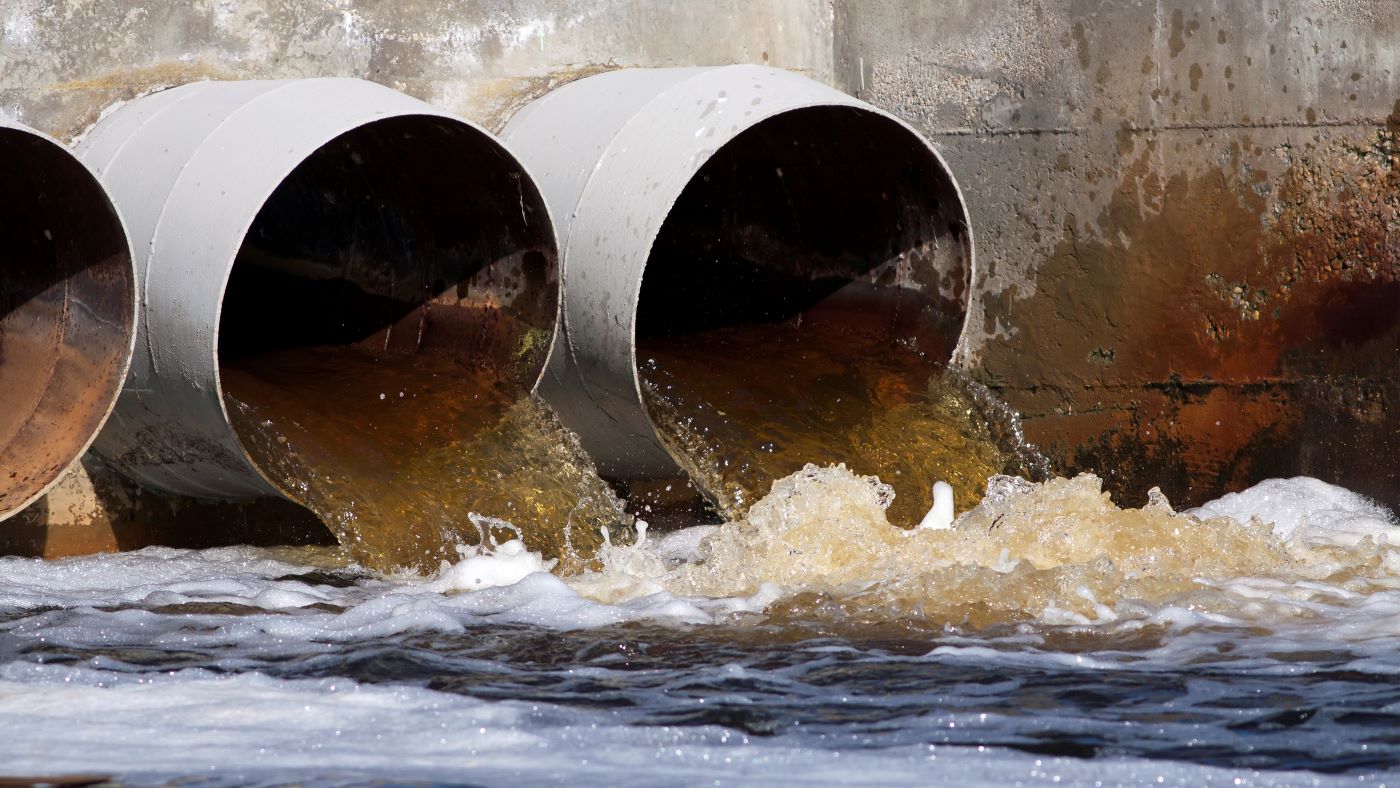Optimizing Drainage Therapy Processes: Methods for Improved Water Quality and Source Healing
In the world of wastewater therapy, the pursuit for boosting effectiveness and sustainability via procedure optimization is a continuous search that holds immense value. From innovative technologies to innovative resource healing techniques, the landscape of wastewater treatment is developing rapidly.
Importance of Refine Optimization
Enhancing waste water treatment processes via thorough procedure optimization is crucial for making best use of effectiveness and making sure environmental sustainability. By fine-tuning each step of the therapy procedure, from preliminary intake to last discharge, water therapy centers can achieve higher degrees of pollutant removal, lower power intake, and reduce the generation of waste by-products. Refine optimization includes evaluating key efficiency signs, such as hydraulic retention times, sludge retention times, and nutrient degrees, to identify areas for improvement and execute targeted solutions.
Reliable process optimization not only boosts the general performance of waste water therapy plants but additionally adds to set you back financial savings and regulatory conformity. By enhancing processes, operators can achieve greater treatment capabilities without the need for substantial infrastructure financial investments. Furthermore, boosted treatment performance causes cleaner effluent discharge, reducing the ecological impact on receiving water bodies and communities.

Advanced Therapy Technologies
In the realm of waste water therapy, the implementation of sophisticated therapy technologies plays an essential role in improving the general efficiency and efficiency of the therapy procedures. These advanced modern technologies offer ingenious remedies to address complicated pollutants existing in wastewater streams, ensuring the elimination of pollutants to satisfy rigid water top quality standards. Advanced treatment processes such as membrane layer bioreactors, ozonation, progressed oxidation processes, and reverse osmosis make it possible for the detailed removal of contaminants, including arising toxins like drugs and individual care products.
Additionally, these modern technologies facilitate resource recovery by extracting valuable materials such as phosphorus, nitrogen, and energy from the wastewater. As an example, advanced nutrient removal modern technologies can recoup phosphorus and nitrogen for reuse in farming plant foods, while power recuperation systems like anaerobic food digestion can harness biogas for electricity generation. By including innovative therapy modern technologies right into wastewater treatment plants, drivers can improve water high quality, decrease ecological effect, and move in the direction of a more sustainable and resource-efficient strategy to wastewater monitoring.
Resource Recovery Strategies
Source healing methods in wastewater treatment procedures play an important role in taking full advantage of the usage of beneficial resources contained within wastewater streams. These strategies objective to extract and reuse products such as nutrients, energy, and water from the wastewater, transforming what was once considered waste right into important resources. One typical resource healing technique is the removal of nutrients like phosphorus and nitrogen from wastewater for reuse as fertilizers or in commercial processes. Furthermore, power recovery approaches such as anaerobic digestion and biogas manufacturing help harness the power potential of raw material in wastewater to create power or warm.
Water recovery strategies, such as membrane technologies and progressed purification systems, enable the treatment and reuse of water for non-potable applications like watering or commercial procedures. By executing source recuperation techniques in wastewater treatment plants, not only can beneficial resources be conserved and reused, however the total sustainability and performance of the treatment process can be dramatically enhanced. As the concentrate on resource scarcity and environmental sustainability remains to grow, the relevance of integrating resource recovery techniques right into wastewater treatment procedures ends up being progressively noticeable.
Lasting Practices in Wastewater Therapy
Sustainable practices in wastewater treatment incorporate a variety of methods aimed at minimizing the environmental impact of therapy procedures while taking full advantage of resource recuperation. One crucial aspect of lasting wastewater therapy is the application of energy-efficient technologies to reduce the carbon impact of treatment plants.
In addition, the adoption of innovative treatment technologies that promote water reuse and recycling plays an important role in lasting wastewater management. By dealing with wastewater to a high standard, it can be repurposed for numerous non-potable applications, such as irrigation, commercial processes, and also potable water manufacturing in many cases. This not only saves valuable freshwater sources yet likewise lowers the volume of effluent released right into the atmosphere.

Case Studies on Successful Optimization
As wastewater treatment facilities increasingly focus on lasting techniques, real-world study showcasing effective optimization methods work as very useful versions for sector advancement. One such case study revolves around the execution of innovative nutrient elimination modern technologies in a local wastewater therapy plant. By integrating biological nutrient removal procedures and maximizing functional specifications, the facility achieved significant decreases in nitrogen and phosphorus levels discharged into obtaining waters, ultimately improving general water top quality.
One more significant case study involves the assimilation of anaerobic food digestion systems in a commercial wastewater therapy plant to improve energy recuperation and resource efficiency (Waste Water Treatment). Via the digestion of organic waste products, the facility not only produced biogas for energy manufacturing but additionally minimized the volume of sludge calling for disposal. This dual advantage not only boosted the plant's sustainability performance but likewise resulted in price savings
These effective optimization techniques show the capacity for wastewater treatment centers to achieve both economic and ecological benefits via efficient processes and cutting-edge methods. By picking up from these situation researches, industry specialists can further maximize their own procedures to boost water quality and source recuperation.
Conclusion
In verdict, optimizing waste water therapy processes via advanced technologies, resource recuperation techniques, and sustainable methods is essential for boosting water top quality and maximizing resource recuperation. Waste Water Treatment. Study have shown effective execution of optimization strategies in various wastewater treatment facilities. By proceeding to focus on procedure optimization, we can ensure efficient and efficient therapy of wastewater, inevitably leading to a much more ecologically pleasant and lasting approach to managing water resources
By fine-tuning each step of the therapy procedure, from first consumption to last discharge, water therapy centers can attain greater degrees of pollutant removal, minimize power usage, and lessen the generation of waste spin-offs.In the realm of waste water click to investigate treatment, the implementation of advanced treatment technologies plays a pivotal role in enhancing the total performance and performance of the therapy processes. By incorporating advanced therapy modern technologies right into wastewater treatment plants, operators can improve water quality, lower ecological effect, and move towards an extra lasting and resource-efficient method to wastewater management.
By implementing source healing methods in wastewater treatment plants, not just can useful resources be preserved and recycled, however the overall sustainability and performance of the therapy process can be considerably enhanced. Lasting methods in wastewater treatment encompass a variety of methods aimed at decreasing the ecological impact of therapy processes while maximizing resource recuperation.